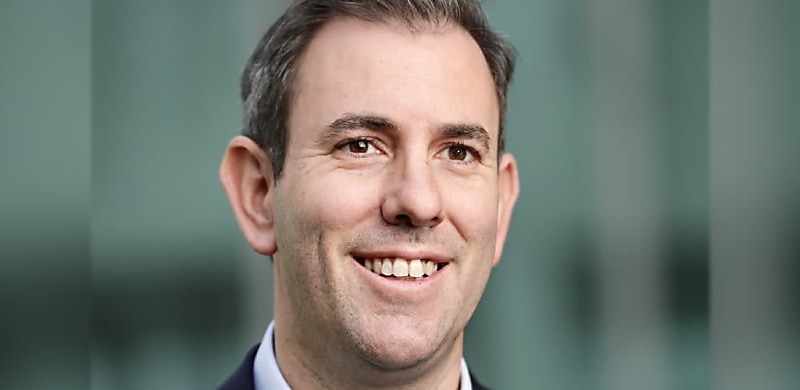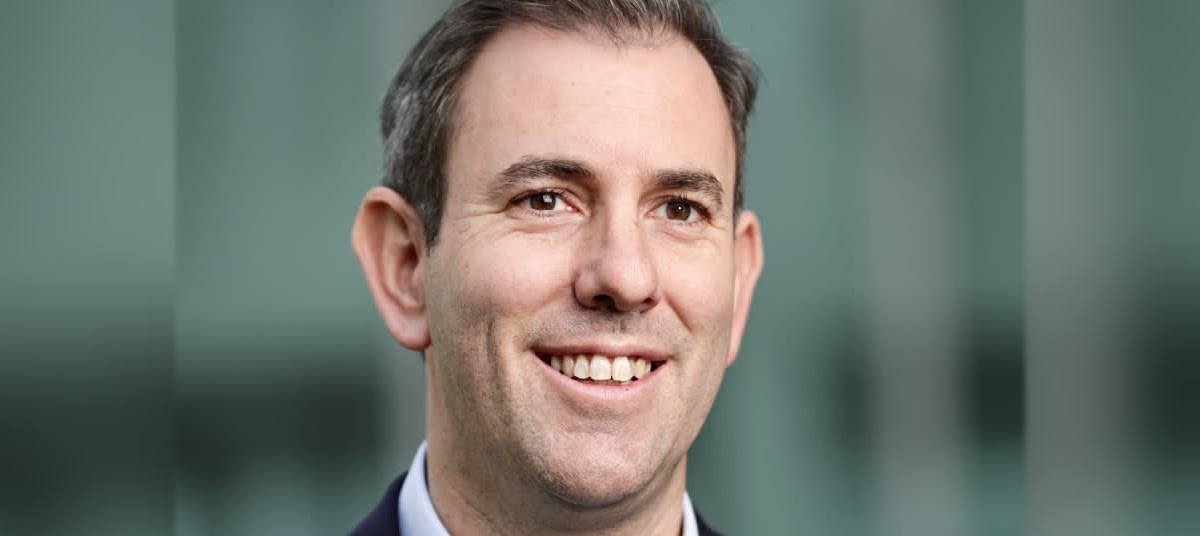
Federal Treasurer Jim Chalmers MP has handed down the Australian Labor Party’s budget for 2024/25, which includes a raft of housing measures.
Federal Treasurer Jim Chalmers MP has handed down the Australian Labor Party’s budget for 2024–25, which has a strong focus on easing the cost-of-living pressures, building more homes, investing in domestic manufacturing (‘A Future Made in Australia’), helping Australians upskill and access education, strengthening Medicare, and bolstering the care economy.
To continue reading the rest of this article, please log in.
Looking for more benefits? Become a Premium Member.
Create free account to get unlimited news articles and more!
Looking for more benefits? Become a Premium Member.
Housing measures
In it, the Treasurer outlined a range of measures for housing, with the government saying it will invest a further $6.2 billion in specific housing initiatives, taking the government’s total new investment since 2022 to $32 billion.
Measures (which include the previously announced measures to help Australians “build, rent and buy”), include:
- A $1.9 billion investment to increase the maximum rates of Commonwealth Rent Assistance by an additional 10 per cent to further alleviate rental stress. This builds on the 15 per cent increase already made in September 2023.
- Supporting more community housing providers to access finance through the Affordable Housing Bond Aggregator by increasing the cap on the government’s guarantee of Housing Australia’s liabilities by $2.5 billion to $10.0 billion (with an associated increase in the line of credit that supports the Affordable Housing Bond Aggregator of $3.0 billion to $4.0 billion).
- Providing an additional $1.9 billion in concessional loans to community housing providers and other charities to support the delivery of new social and affordable homes under the Housing Australia Future Fund and National Housing Accord.
- $1 billion “directed towards” crisis and transitional accommodation for women and children fleeing domestic violence and youth under the National Housing Infrastructure Facility.
- $1 billion of funding for states and territories to build infrastructure that could support new homes and for additional social housing supply (such as roads, sewers, energy, water, and community infrastructure).
- $9.3 billion via a five‑year National Agreement on Social Housing and Homelessness for states and territories to combat homelessness, provide crisis support, and build and repair social housing.
- $90.6 million to boost the number of construction workers, with $88.8 million for 20,000 additional Fee-Free TAFE training places to increase the pipeline of workers for construction and housing.
Treasurer Chalmers said: “We’re easing the cost of living – and we’re building more homes for Australians. In the five years from this July, we aim to build 1.2 million of them.
“Our goal is ambitious – but achievable, if we all work together and if we all do our bit.
“[The] $6.2 billion in new investments mean our $32 billion Homes for Australia plan will:
- Clear local infrastructure bottlenecks.
- Provide more housing for students.
- Fund more social and affordable housing.
“And we will also deliver better transport for better access to suburbs, cities and regions.”
He said that the budget delivers an additional $1.9 billion in loans to help build 40,000 social and affordable homes.
“We have also secured the national housing agreement, which would otherwise have run out,” he said.
He said that building new homes “will mean building new connections to community too” and the government was therefore investing in infrastructure and transport networks across every state and territory, including a new rail link that will bring the communities of the Sunshine Coast and Brisbane together and $102 million to upgrade regional airports and remote airstrips, better connecting remote communities to essential services.
Measures for SMEs
As anticipated, the government has said it will extend the instant asset write-off (that enables businesses with turnovers of $10 million or less to deduct $20,000 from all eligible assets) for another year.
The scheme was set to expire on 30 June 2024 in its current form but will now run until 30 June 2025.
The government said it would therefore provide $290 million to extend the $20,000 instant asset write‑off for 12 months.
Chalmers said it would be “providing $290 million in cash flow support for up to 4 million small businesses”.
There will also be $25.3 million to improve payment times to small businesses and $23.3 million to increase eInvoicing adoption.
Chalmers said the government will also invest a further $10.8 million in tailored, free, and confidential financial and mental wellbeing supports for small-business owners, as well as $625 million to help farmers and rural communities reduce emissions and better prepare for climate change and drought.
The government said it is also developing a ransomware playbook to provide guidance to businesses and individuals on how to prepare for, respond to, and recover from a ransomware or cyber extortion incident.
Energy rebate
More than 10 million households will receive a total rebate of $300 (automatically applied to their electricity bills) and eligible small businesses will receive $325 on their electricity bills throughout the year from 1 July.
The credits will be applied in quarterly instalments.
Digital ID
More than $288 million over four years will be allocated to the government’s Digital ID scheme – used by many lenders – in a bid to expand it and reduce the amount of personal information stored by businesses.
Once operational, the expanded Digital ID System aims to lower the administrative burden on small businesses by reducing the amount of ID data they need to store and protect for their customers and their employees.
Other major budget measures announced ahead of budget night that aimed to alleviate cost-of-living pressures include:
- Stage 3 tax cuts (coming into effect from 1 July 2024).
- Changing annual HECS indexation so it is based on the lower of the Consumer Price Index (CPI) or the Wage Price Index (backdated to 1 June 2023).
- Paying superannuation on the government’s 20 weeks’ Paid Parental Leave from 1 July 2025.
Chalmers said: “The story of Australia is more than a tale of challenges we have endured. And in our future, we must strive for more than muddling through or making do. This Budget shows we are realistic about the pressures people face now – and optimistic about the future.
“It reflects our biggest ambitions and our highest aspirations:
– To make Australians the primary beneficiaries of a world of churn and change. Tapping their confidence, compassion, and creativity.
– To manage their pressures and maximise our advantages.
– To forge a new economy and a new generation of prosperity. And in that effort.
– To make Australians and Australia more secure.
– In the bigger opportunities we shape, and the future we make, together.”
The Treasurer said he forecasts that inflation will drop to 3.5 per cent by the end of this financial year and to 2.75 per cent by the end of the 2024/25 financial year. It will then remain there in 2025/26 before falling to 2.5 per cent by 2026/27, largely as a result of the rental and energy relief measures, he said.
Both the Finance Brokers Association of Australasia (FBAA) and the Mortgage & Finance Association of Australia (MFAA) have welcomed the housing measures.
 Login
Login











JOIN THE DISCUSSION